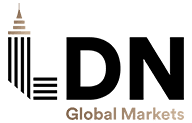Cannot fetch data from server.
Shady Fouad is a technical analyst at LDN Company
Shady's strategic vision in the currency markets is reinforced by more than fifteen years of trading experience, which enables him to blend economic and technical analyzes with high efficiency, and find the best investment ideas for traders.
Prev Post
Next Post
REACH OUT TO US







